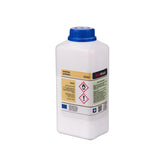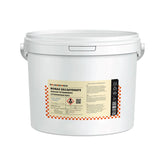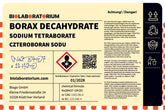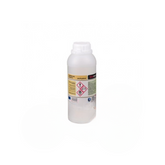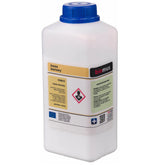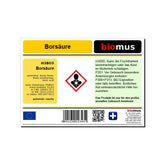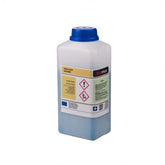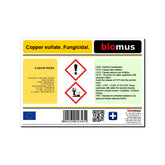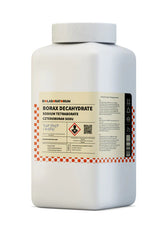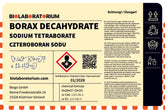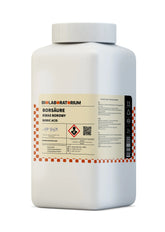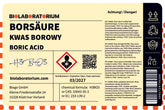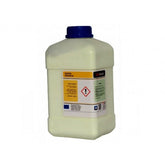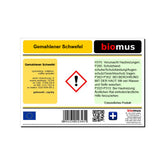Dithizone – Versatile reagent for analytical chemistry
Dithizone, also known as diphenylthiocarbazone, is a powerful and versatile reagent widely used in analytical chemistry. With its characteristic red color and ability to form stable complexes with a variety of metal ions, dithizone has established itself as an indispensable tool in laboratories and research institutions. In this blog post, we will take a closer look at the fascinating properties, applications, and safety aspects of this remarkable chemical compound.
Chemical structure and properties of dithizone
Dithizone, with the chemical formula C13H12N4S, is an organic solid that exists as a yellow-orange powder at room temperature. The compound exhibits characteristic tautomerism, where protons can move back and forth between nitrogen and sulfur atoms. This property gives dithizone its ability to show pH-dependent color changes and to complex metal ions in different oxidation states.
Dithizone is well soluble in most organic solvents such as chloroform, ethanol, or acetone, while it has low solubility in water. This property enables selective extraction of dithizone-metal complexes from aqueous solutions into organic phases, which is of great importance for many analytical applications.
Another important characteristic of dithizone is its ability to form stable chelate complexes with a variety of metal ions such as copper, lead, mercury, cadmium, zinc, nickel, and many others. The color of these complexes ranges from red through violet to brown, allowing for simple visual identification of the metal ions.
Analytical applications of dithizone
The versatile properties of dithizone make it an extremely useful reagent in analytical chemistry. Some of the most important application areas are:
Qualitative analysis of metal ions
Dithizone can be used in qualitative analyses to detect the presence of certain metal ions in solutions. Through the formation of characteristically colored complexes, copper, lead, mercury, and many other metals can be quickly and easily identified.
Quantitative determination of metal ions
In addition to qualitative detection, dithizone complexes can also be used for the quantitative determination of metal ions. Through photometric measurements of the complex color or extraction into organic solvents, metal concentrations can be determined with high accuracy.
Metal ion extraction and enrichment
The selective extraction of dithizone-metal complexes into organic phases allows for the enrichment and isolation of metal ions from aqueous solutions. This is particularly valuable for sample preparation and trace analysis.
Complexometric titration
Dithizone can be used in complexometric titrations to determine metal ions. The color change during the transition from free dithizone to the metal complex is used as an endpoint indicator.
Environmental analysis
In environmental analysis, dithizone is used for the detection and determination of heavy metal contamination in water, soils, and sediments. The selectivity and sensitivity of the reagent make it a valuable tool for monitoring and controlling environmental pollution.
Safety aspects and handling of dithizone
Although dithizone is a useful and powerful reagent, caution must be exercised when handling it. Some important safety aspects should be noted:
- Dithizone is classified as harmful to health and can cause health problems if inhaled, swallowed, or through skin contact. Therefore, appropriate protective equipment such as lab coats, gloves, and respiratory protection is required.
- The compound is flammable and can catch fire when heated or in contact with an open flame. Careful handling and storage in a cool, dry area are required.
- Dithizone-metal complexes can also be harmful to health and must be disposed of accordingly. Proper disposal in accordance with applicable regulations is essential.
- In case of spills or accidents, immediate cleaning and decontamination of the affected area is required to minimize health and environmental risks.
However, by adhering to safety guidelines and careful handling, dithizone can be used safely and effectively in analytical applications.
Conclusion
Dithizone is a versatile and powerful reagent that finds numerous applications in analytical chemistry. Its ability to form stable complexes with a variety of metal ions makes it a valuable tool for qualitative and quantitative analyses, extractions, and enrichments. At the same time, handling dithizone requires special safety measures due to its toxicity and flammability. However, by adhering to applicable guidelines and careful handling, analysts can benefit from the diverse possibilities that dithizone offers in modern laboratory practice.
